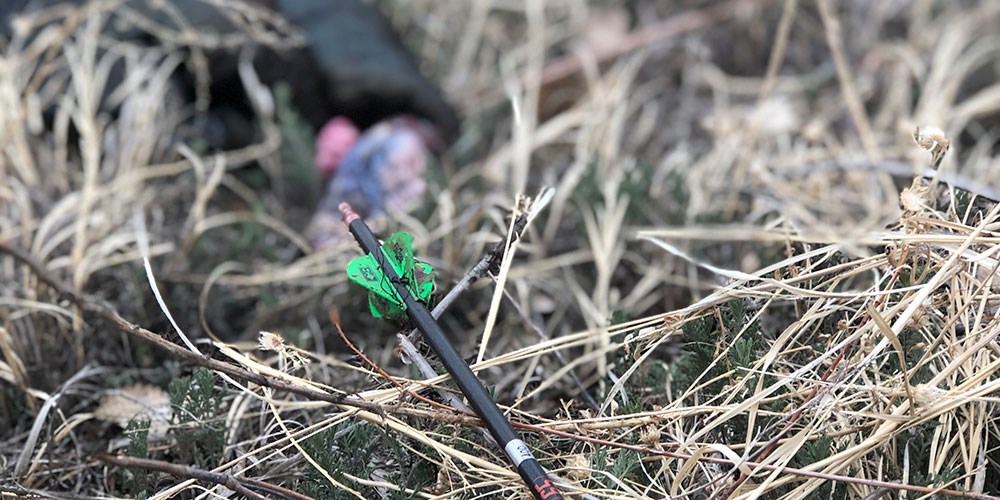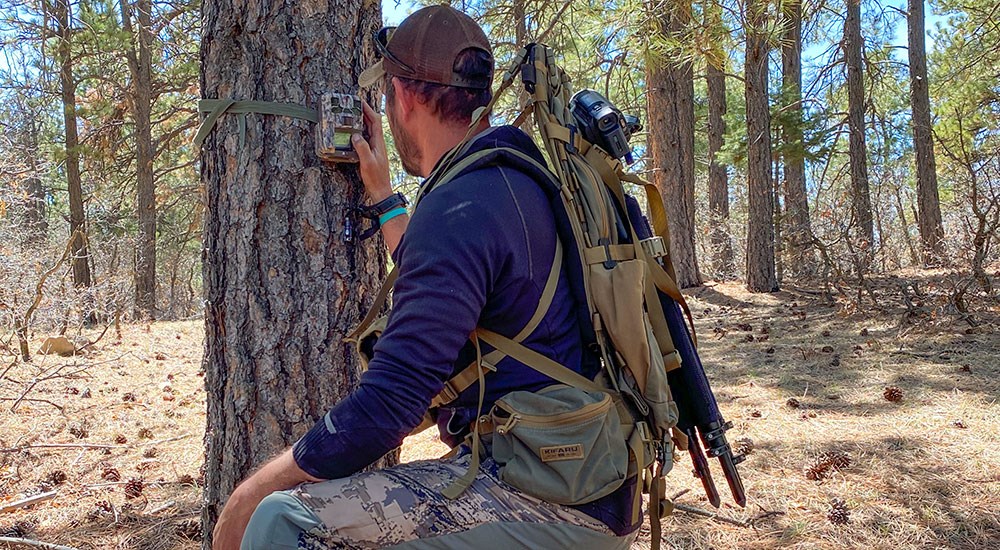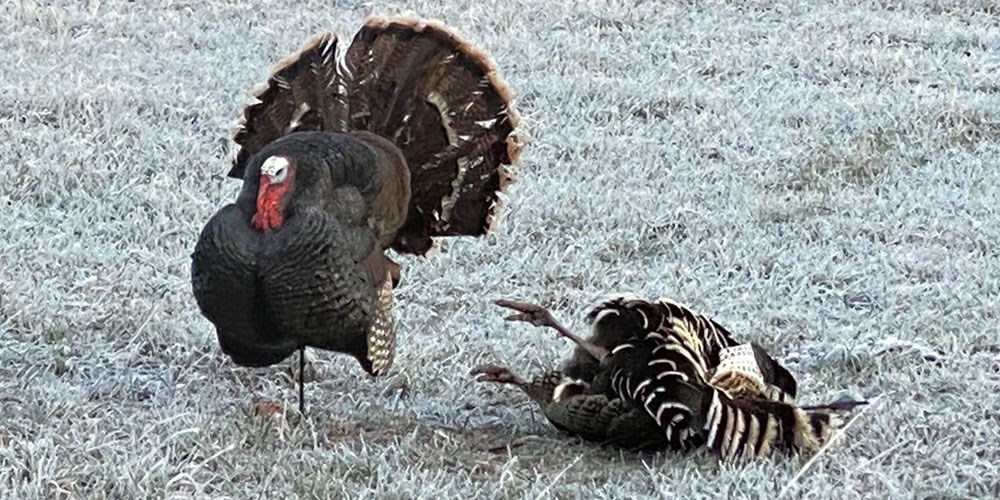Learn how you can get the tongue flutter that it takes for you to make a realistic purr on your mouth call. The tongue flutter, comes from the the vibration of your tongue. Practice by breathing in a large volume of air, and let your tongue lay very limp, then blow that air across your tongue with enough force that your call actually vibrate in your mouth. You’ll make your tongue flap. (This is like rolling your “r’s” when speaking Spanish.)
Put the call in your mouth with the round edge towards your throat, letting it lay limply and softly on the top of your tongue. Blow the same volume of air across your tongue as you did practicing. What you’ll get is sounds like a fighting purr call. You’ll notice that increasing your Calling volume your cheeks will puff out slightly. That‘s the air running over and around the call, and the extra air being held back in your mouth, that causes your cheeks to inflate slightly. That helps keep the rasp down and makes the call have a more realistic tone and a more melodious sound.
Next start backing off on that volume of air until you get a more realistic turkey tone. Once you get the turkey sound down, start adding in some clucks.
To get a cluck use lower tone, and keep it quiet like a realistic cluck is. Clucking is the same principle as cutting, to cut on the mouth call you want loud, short cuts with a large volume of air. But for clucking, you keep that noise soft, while mixing in with some purrs (that we just learned how to do). For an even more realistic and natural sound from a mouth call, mix in some soft yelps or a little whine in there. It all comes together for a great sounding call.
Remember, start with a large volume of air to get the sound coming off the call in your mouth, and then step it down, bringing back that volume to a realistic sound. Click Here and I will show you and you can hear how it should sound.






















